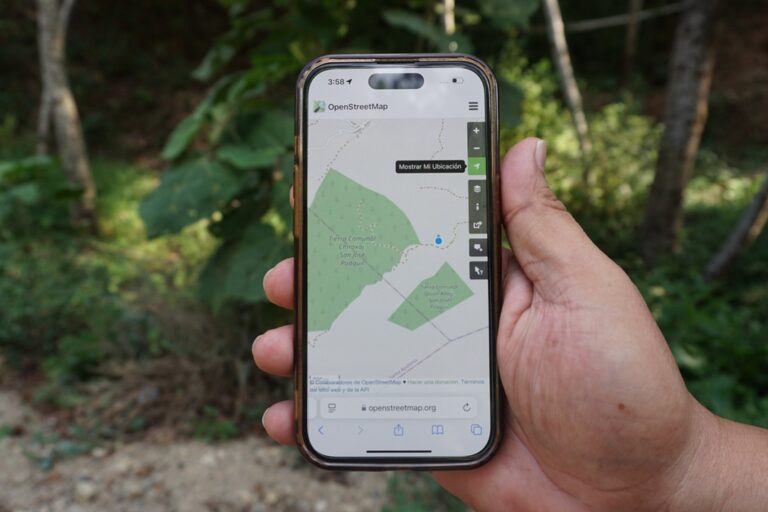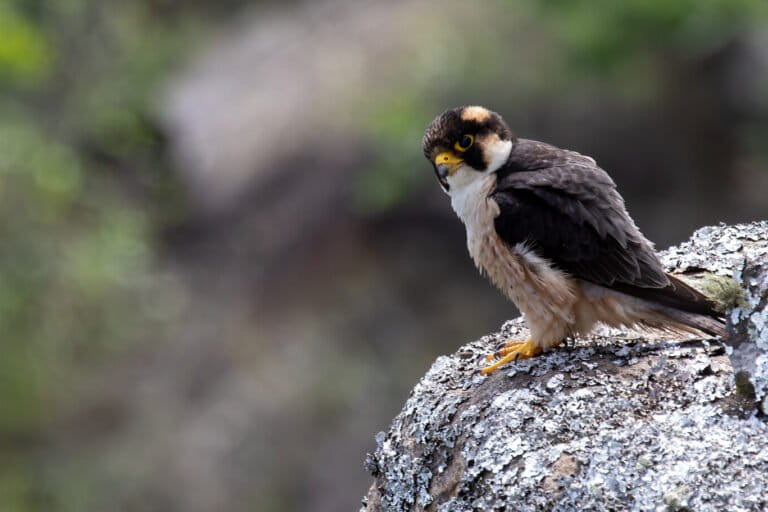- Nearly one-third of all oak species (31%) are considered threatened with extinction, according to a new report.
- Of all 430 species of oaks, the highest number of species under threat are found in China, Mexico, Vietnam, and the United States, respectively.
- Globally, agriculture poses the biggest threat to oaks. Urban development, climate change, invasive species, plant diseases, and human disturbance have also strained oaks globally. And in Latin America, which has the highest number of endemic oak species, the use of oak for charcoal is a threat.
- Many of the threats to oaks must be tackled with “transformative systemic change,” but individual actions such as monitoring the oaks in your area, donating to local conservation NGOs, spreading awareness, and switching to more efficient fuels and stoves that do not rely on charcoal could relieve some of the pressures on threatened species.
The priest class of the ancient European Celtic societies drew their name, the Druids, from the word for oak, revered as “the tree of life.” The Greek god Zeus and the Norse god Thor are both associated with the mighty oak. And today, under the oak-lined avenues of New Orleans, groups of Mardi Gras revelers dedicate their debauchery to the gnarled, wooded giants. But oaks, deeply rooted in mythos and prized for their strength, are now in peril.
Nearly one-third of all oak species (31%) are considered threatened with extinction, according to a new report,The Red List of Oaks 2020, compiled by The Morton Arboretum and the IUCN’s Global Tree Specialist Group. The report, which details the most current conservation status of all 430 species of oaks (Quercus), is the result of five years of research by more than a hundred researchers around the globe.
“[T]hey are found in nearly every ecosystem on Earth: from deserts to coastal shores and lowlands, from high mountain tops to river valleys, cloud forests, alluvial plains, prairie grasslands, and tropical jungles,” Béatrice Chassé, editor of International Oaks, writes in the introduction to the report. “And yet, in spite of their extraordinary evolutionary and ecological success that spans fifty-six million years, today many of them have dubious futures.”

The researchers found that, under the IUCN Red List criteria, 32 species of oaks are critically endangered, 57 species are endangered, and 23 are vulnerable to extinction. The highest number of oak species under threat are found in China, Mexico, Vietnam, and the United States, respectively. China, with more than 13% of its natural forests covered in oak, has the highest proportion of imperiled species.
Globally, agriculture poses the biggest threat to oaks. As land is cleared to make way for farms and cattle pasture, forests are lost as collateral damage. Acorns, the seeds of oaks, are valued for their high nutrition and sometimes used for cattle and pig feed, leaving few to regenerate into trees. Urban development, climate change, invasive species, plant diseases, and human disturbance have also strained oaks globally.
The conversion of oak wood into charcoal for cooking is also a major threat to oak species in Latin America, including Mexico, home to the highest number of endemic oaks.

Assessing the conservation status of all plant species by 2020 was one of the 16 targets laid out in the Global Strategy for Plant Conservation, created and adopted by the U.N. and other intergovernmental agencies. These targets, as well as the Aichi Targets, a set of larger biodiversity goals set by the Convention on Biological Diversity, have not been met.
The Global Tree Assessment, coordinated by Botanic Gardens Conservation International (BGCI) has spearheaded much of the effort to appraise and report on the conservation status of tree species. The work of The Morton Arboretum and its collaborators to assess the state of oaks contributes to these larger biodiversity initiatives and is an important step toward understanding how and where to protect oaks.
“More than 2,300 species of bird, mosses, fungi, insects, lichens and mammals are recorded as using native oaks for food and shelter in the U.K., and the same will be true for the 113 species of oak now threatened with extinction,” Paul Smith, secretary-general of BGCI, said in a statement. “The loss of just one of these tree species has catastrophic consequences for hundreds of other species.”
In general, oaks are difficult to conserve because their seeds cannot be stored in seed banks, Murphy Westwood, director of global tree conservation at The Morton Arboretum, told Mongabay. Seeds must be dried for long-term storage, and acorns do not survive this drying process. Therefore, it is up to botanical gardens and grassroots organizations to maintain a “living genebank,” keeping hundreds of species alive in different locations around the world. This mammoth effort is being coordinated by BGCI under the Global Conservation Consortium for Oak (GCCO).

Many of the threats to oaks, and to all species on Earth, must be tackled with “transformative systemic change across the world, across sectors, across industries and across governments,” Westwood said, “but that shouldn’t overshadow the impact that small grassroots movements can have.”
Monitoring the oaks in your area, volunteering for conservation projects, donating to local conservation NGOs, and spreading awareness are all things that individuals can do. And in areas where oaks are used for charcoal, systems of selective harvesting or switching to more efficient fuels and stoves could relieve some of the pressure.
“So, for some of these species, there’s nothing we can do. They will go extinct,” Westwood said. “But there are certainly species, habitats, and regions where we still have time …We still have a chance and we’re doing what we can to make things happen …There are a lot of unsung heroes out there doing the work.”
Citation:
Carrero, C., Jerome, D., Beckman, E., Byrne, A., Coombes, A. J., Deng, M., … Westwood, M. (2020). The Red List of Oaks 2020. The Morton Arboretum. Lisle, IL.
Banner image: An oak tree Tiergarten in Berlin by Staffan Cederborg via Flickr (CC BY-SA 2.0).
Liz Kimbrough is a staff writer for Mongabay. Find her on Twitter@lizkimbrough_
FEEDBACK: Use this form to send a message to the author of this post. If you want to post a public comment, you can do that at the bottom of the page.














